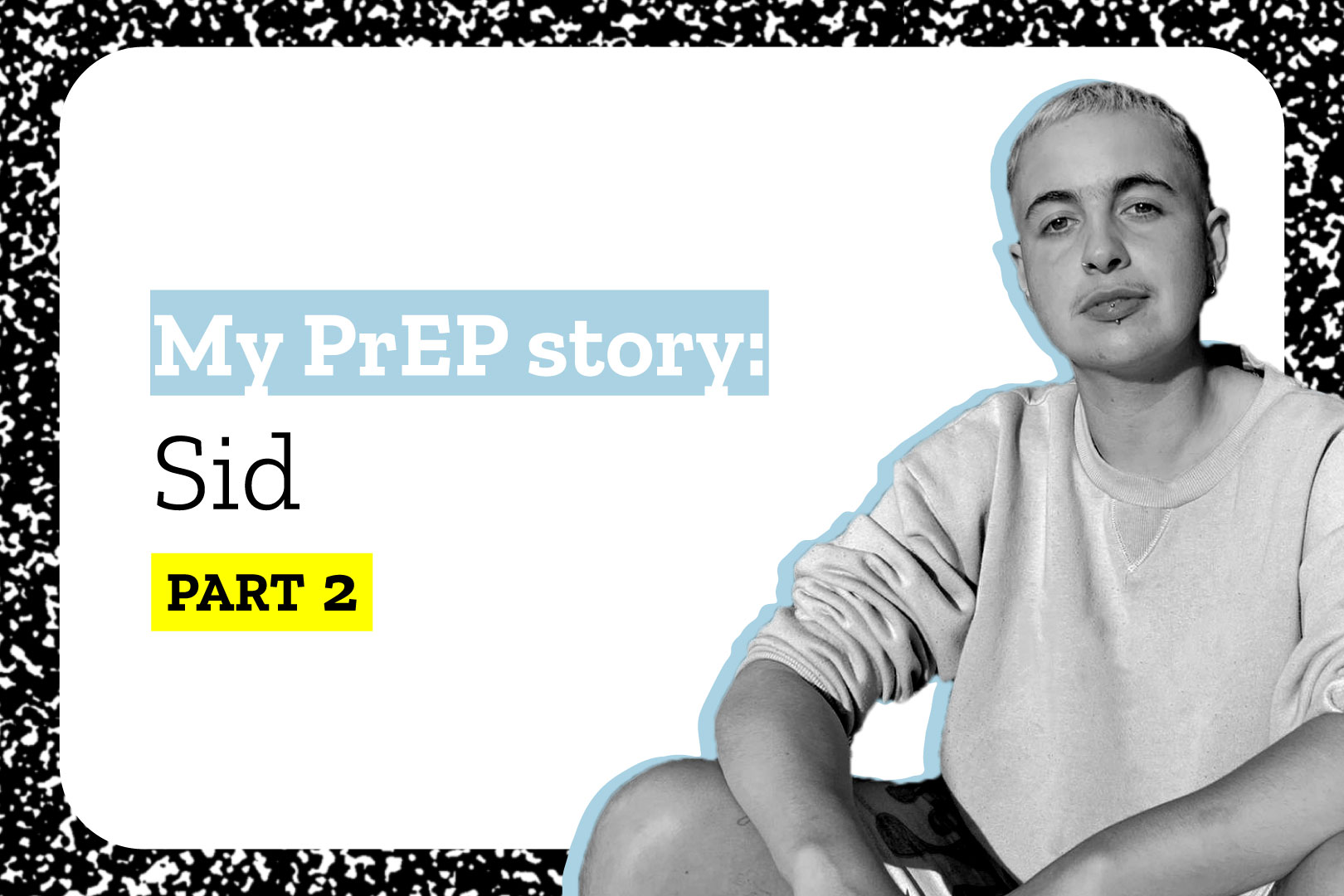My PrEP Story: Sid (part 2)

Sid (he/him/they) is a trans man working in Birmingham Community LGBT Centre as a youth worker, specifically with trans, nonbinary and gender-questioning young people, between the ages of 13-18.
My PrEP Story is the personal voice of people who are using, or have used, PrEP, and those who have been at the forefront of providing it and advocating for it. Find out more about their decisions to use PrEP, how they have navigated using PrEP, and their very own PrEP journey.
If you’d like to add your voice to My PrEP Story, check out our helpful guide and email hello@prepster.info
It is so important for services to be trans inclusive and gender-affirming spaces. An ‘easy’ way to do this is to set aside a certain clinical session or timeslot ‘for trans people’. However, labelling a service in this way can feel exclusionary for non-binary people, or those who are still gender-questioning.
In this world we are constantly trying to compartmentalise everything and fit people and services into boxes! Having specific clinics is an important part of creating safe and accessible spaces for accessing PrEP, but it can be easy for others to feel that services are not ‘here for me’ or to feel a degree of imposter syndrome when having to choose which clinic to access when no clinic exists that is labelled ‘for them’. This can delay gender-questioning individuals from taking any action or speaking about their experiences, or from protecting themselves with PrEP/ contraception more generally.
When it comes to imposter syndrome, I can speak from personal experience that there is stigma for young trans boys when coming out as gay. There is this feeling that this makes them ‘less of a boy’ and many people have concerns about disclosing their sexuality to medical professionals/ in gender identity clinics. In terms of PrEP access, I think this may contribute to their being less of an uptake by trans men – seeking out PrEP feels like ‘outing yourself’ when you may not have previously disclosed your sexuality to services.
Although this concern exists for trans men, being a gay man is somewhat protective in terms of making PrEP more accessible. PrEP is becoming almost a trend within gay culture, you know, ‘got my ice coffee and my PrEP’! There is a lot more misogyny than many people realise within gay culture that makes accessing PrEP even more difficult for women, particularly trans women, who are having sex with gay or bisexual men.
For all of these issues, young people often really appreciate inclusive advertising in waiting areas. PrEPverts or posters that Prepster have created can be great for this! Particularly the ‘sisters are doin it for themselves’ campaign! Healthcare providers can also help by consciously being aware of these biases that may exist within practice, and considering whether PrEP may be suitable for anyone and everyone that they see, regardless of their presentation!
— Sid
